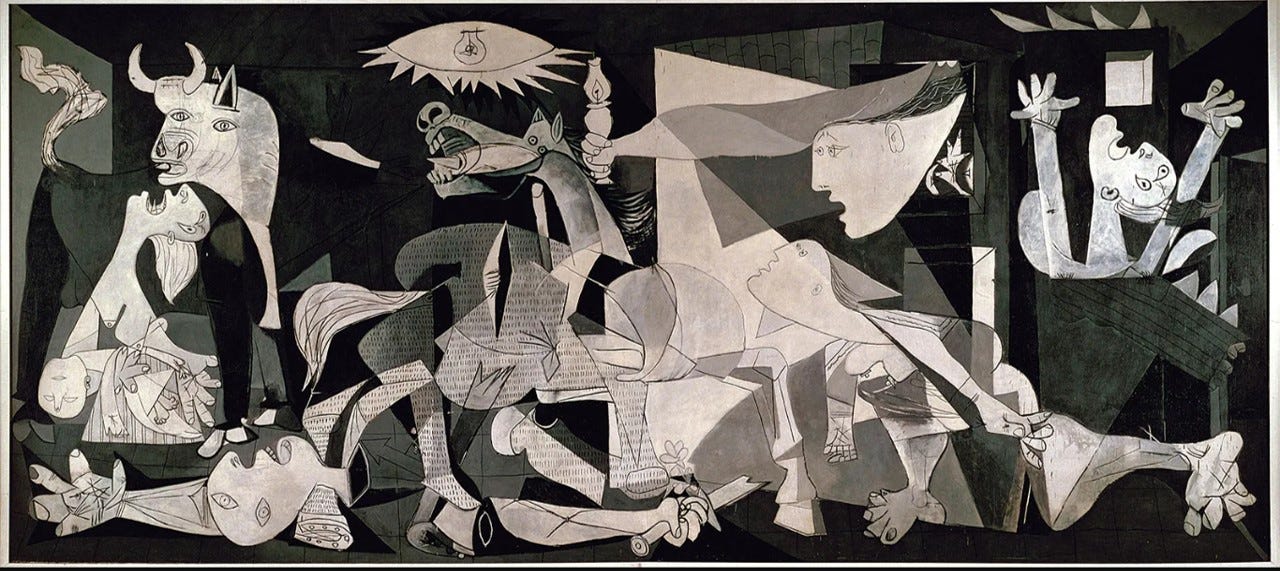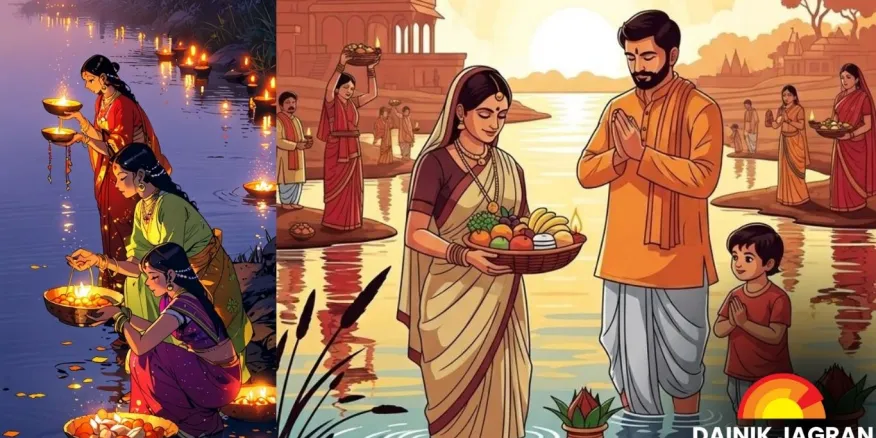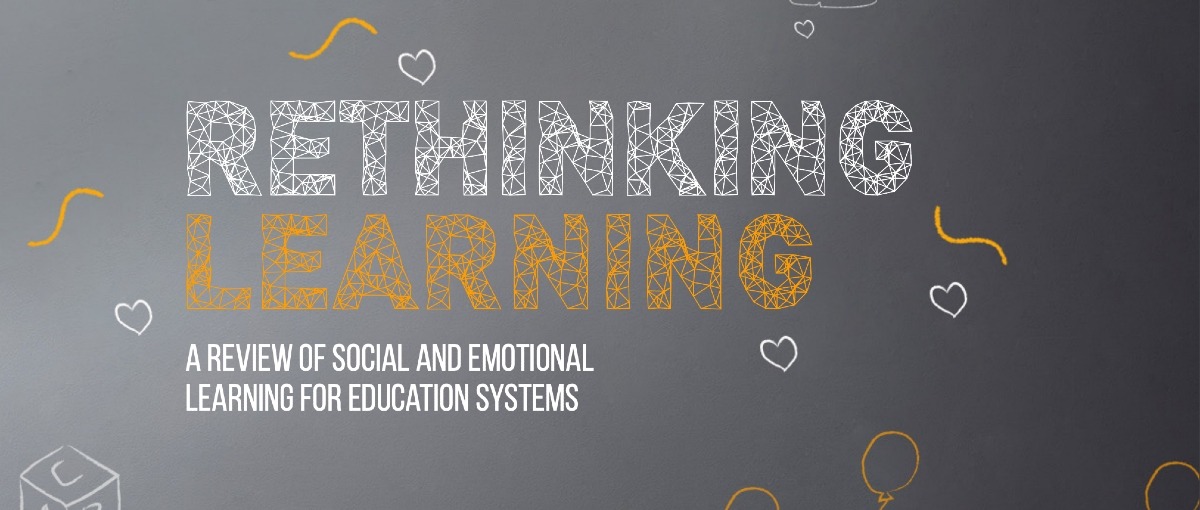Now Reading: How Art Preserved History: Stories Beyond Text
-
01
How Art Preserved History: Stories Beyond Text
How Art Preserved History: Stories Beyond Text

Art has long been a window into the past, capturing events, culture, and everyday life in ways that words alone cannot. In India, from murals and sculptures to folk paintings and architecture, art has preserved history for generations. In Tier-2 cities, local art forms continue to tell stories of communities, traditions, and historical moments that might otherwise be forgotten.
Murals and Sculptures
Historical murals and sculptures depict religious rituals, battles, and social life. Temples, forts, and palaces across India contain intricate carvings and paintings that serve as records of political, cultural, and religious developments, providing insights beyond official historical texts.
Folk and Tribal Art
Folk paintings, storytelling, and tribal crafts preserve local histories and customs. These art forms reflect the lives, struggles, and celebrations of communities, capturing perspectives often overlooked in mainstream history, especially in smaller towns and villages.
Architecture as Historical Record
Buildings, monuments, and traditional houses serve as visual history. Their design, construction, and decoration reflect the values, resources, and technological knowledge of their time, offering clues about social organization and cultural priorities.
Modern Preservation and Awareness
Contemporary efforts to document and protect traditional art help preserve these historical narratives. In Tier-2 cities, local initiatives, museums, and cultural programs ensure that art continues to educate and connect people with their heritage.
Conclusion
Art has preserved history by capturing the experiences, beliefs, and achievements of people across generations. Recognizing and valuing these artistic records allows communities in India to understand their past and maintain a living connection with cultural heritage

























